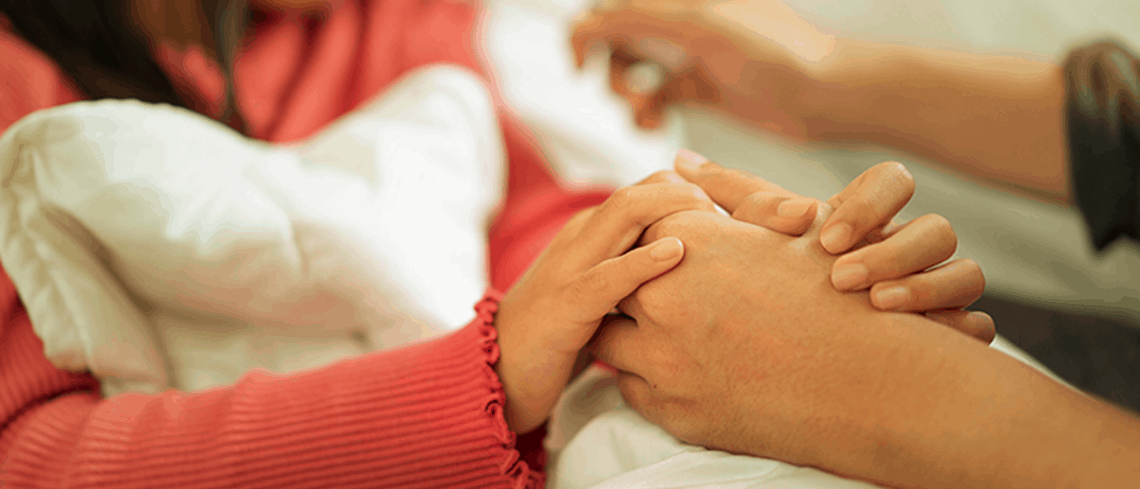Caring for patients: How good hygiene affects the outcome?
You don’t want to add to the vulnerability of sick patients by not maintaining good hygiene while caring for them and inside hospital premises
“Germs are everywhere” this is a fact that now immediately rings a bell as soon as someone states it. Because of the COVID outbreak, authorities have been hyper vigilant about cross contamination and have been asking the relevant facilities like hospitals, care clinics, and nursing homes to take good hygiene measures. Hospital acquired infections account for a large number of deaths around the world and it would be wise to state that these are preventable deaths.
People when sick, are more vulnerable to catching other diseases as their immune system is already busy wading off invading microorganisms. From bacteria and viruses to parasites and other microbes, there is a long list of organisms that love to kick you when you are down. Super infections are a kind of these ailments and are really hard to deal with, therefore those of you who are associated with patient care in one way or another should realize the importance of maintaining good hygiene, better than anyone.
There are strict laws in developed countries when it comes to the safety of working staff and residents in care homes and failure to comprehend and implement the safety guidelines can lead to outbreaks and may cost precious lives.
Maintaining hand hygiene
Whether you are a floor manager, belong to hospital administration, or are a top nurse you must understand the importance of maintaining hand hygiene. Centers for disease control and prevention cdc instructs everyone to wash their hands with soap and water for 20 seconds and then dry off. This not only kills germs but also knocks them off your hands, literally.
If you can’t get your hands on bar soap and water, then using the best hand sanitizer available should be your go-to option. Placement of sanitizer dispensers throughout the facility would help keep infections spread to a minimum and would also help to keep patients and staff, both safe.
While dealing with healthcare providence, it’s not only the patients that are on the danger end but health care providers too. Patients infected with contagious diseases can potentially transfer the disease to health care provider if adequate precautions are not taken. Doctors should sanitize hands before and after dealing or examining each patient so risk of cross infection is greatly reduced.
Cleaning high risk surfaces and equipment
Like high risk patients, it’s important to pay attention to high risk surfaces too. These surfaces include bed rails, door knobs, surface tops, and other waiting and sitting areas. As studies show, hospital equipment are hotspots for Covid-19. A daily disinfection routine should be meticulously planned to minimize the risk as visitors coming in the hospitals might potentially transfer germs to already vulnerable patients.
Once you have identified these surfaces which get high audience all day around, make sure that you are propagating the use of antibacterial wipes. For proper clean-up just run these wipes across the surfaces so that all sorts of germs are killed. Medical equipment that has to be reused frequently is also proven hotspots of germs therefore once a patient is inspected on the equipment, appropriate disinfection wipes should be used.
Keeping up to date with new techniques
New methods such as ultra-low volume disinfectant fogging (ULV) are extremely effective for disinfecting hard to reach areas. Studies suggest that fogging has proven results against harmful pathogens in a large area and that too in a short period of time. This method works by creating a mist of innumerable tiny droplets of recommended disinfectant and dispersing these in large areas. This technique reduces the time required for effective disinfection by great lengths.
For floors, you should be using a disinfectant cleaner that goes with the surface and also promises industrial grade sanitization. There is a high round up of people 24 hours of the day within a caring facility and with it comes the risk for germ build up. You should also know the contact time required for effective disinfection. Make sure that you are allowing the disinfectant to sit on surfaces for the mentioned time so that no germs are left behind.
All in all, caring for patients not only requires good treatment planning but also carefully thought-off hygiene routine. Preventing the spread of germs within a caring facility is as important as doing a good diagnosis of disease because without the combination of these two factors, patients can suffer a great deal.
